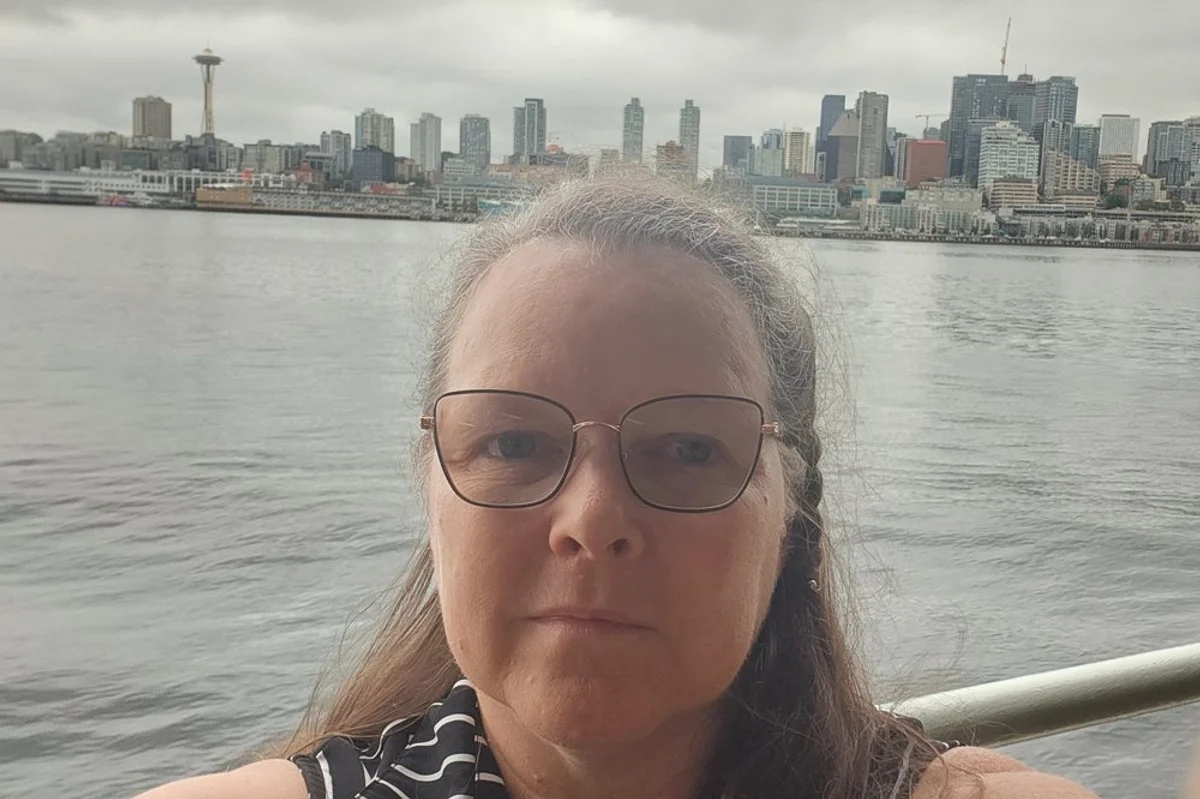As per Nicole Audrey Spector.
Fibroids Awareness month will take place during July.
My adult life had been spent using birth control pills, and in my early 40s, I decided to have my tubes tied so as to prevent pregnancy.
After my tubal ligation surgery, which is known as tubal ligation, I began experiencing heavy and painful periods that interfered with my everyday life. When I went to my primary care physician (PCP) she told me this could have been related to going off birth control; additionally she recommended I take Midol and use a hot water bottle as measures against discomfort – neither was very helpful advice!
Over the next nine years, my symptoms worsened significantly and increased significantly. Not only was I experiencing agonizingly intense periods, but also I was always tired; had unusually dry and ashy skin; experienced dramatic weight gain with no change to eating habits and no overeating; shortness of breath when exercising; dramatic weight gain with no apparent cause (I hadn’t changed eating habits nor was I overeating).
My PCP recommended I take iron supplements in order to avoid becoming anemic due to heavy periods.
Feeling that my primary care physician wasn’t listening, I visited four other primary care physicians before giving up and changing doctors altogether. At each visit, the answer provided was probably perimenopause; none suggested specific diagnostic tests to find out exactly what was wrong; rather they merely sent me off with the message, “Welcome to getting older, lady!”
Nine years after my tubal ligation, I took a plane ride to visit a friend. On landing, my ankles became significantly swollen; by the time we took off a few days later for our return flight back, they looked like love handles with love handles forming between each pair of ankles!
Unsure, I emailed my PCP a photo of my swelling ankles. To my relief, she took notice; swelling ankles can be a telltale sign of organ failure or other serious medical problems. She ordered blood work and a ferritin test — which measures how much iron your body is storing — as soon as I arrived for my appointment. Interestingly enough, ferritin test revealed I was so severely anemic it’s astonishing I don’t have organ damage! She also reviewed my medical history and blood work, taking into consideration all symptoms I had been telling her about for years!
My PCP referred me to a vascular surgeon, who ordered ultrasound images of all of my leg veins. These confirmed I had May-Thurner compression – a rare condition which prevents blood from flowing freely – which the ultrasound confirmed. He scheduled surgery to implant a stent to keep the vein open; and informed me I may require blood thinners for months while there could be lifelong health implications from both this compression and my anemia.
However, we decided not to follow through with this plan due to an ultrasound revealing an anomaly in my pelvis. While the technician couldn’t say more at that time, a transvaginal ultrasound the following morning revealed multiple uterine fibroids pushing outward against my uterus and crushing an important vein close to my spine.
After consulting my physician, a hysterectomy was suggested as the likely cure to my pain and to alleviate compression. Accordingly, my planned stent procedure was abandoned in favor of scheduling a hysterectomy instead.
Ready to meet my tormentor, I requested my OB-GYN take a picture of my uterus once it had been extracted. Unfortunately, in his photo you could hardly recognize that what he held in his hand was my uterus due to its enormous and misshapen size; normally my uterus would have been no larger than an average-sized lemon but this time around it had reached five-month pregnancy proportions!
After my hysterectomy, I woke up groggy from anesthesia but could see that my arms and hands had color for the first time in nine years!
Since my hysterectomy almost seven years ago, which not only saved but improved my quality of life, my health issues remain. While working with an endocrinologist may provide insight into why I cannot naturally lose weight; her assessment suggests that my hormone activity likely had always been abnormal; symptoms were likely kept under control due to birth control I used for so long.
As I reflect upon all that has transpired over these last nine years, it amazes me that medical professionals took so long to take me seriously.
Advocate for ourselves — which is sound advice — but I fought tirelessly on my own behalf. I even sought multiple opinions from doctors to no avail; none would listen when I tried telling them something was amiss; this fact alone should serve as proof that women can ignore or dismiss other women’s pain.
Today, I hear so much about girls and young women suffering through periods that are unbearably painful while being told it’s part of womanhood – take some Midol, use a hot water bottle and just keep going; living in pain shouldn’t be normal!
When multiple doctors have ignored or disbelieved you, don’t give up hope on yourself: look until you find one who listens.
Are You Telling Real Women, Real Stories of Your Own? Tell Us Now.
HealthyWomen Real Women, Real Stories are authentic accounts from real women that represent their experiences first-hand. Any views, opinions, or experiences expressed are solely those of the author and do not represent official policies or positions held by HealthyWomen.
